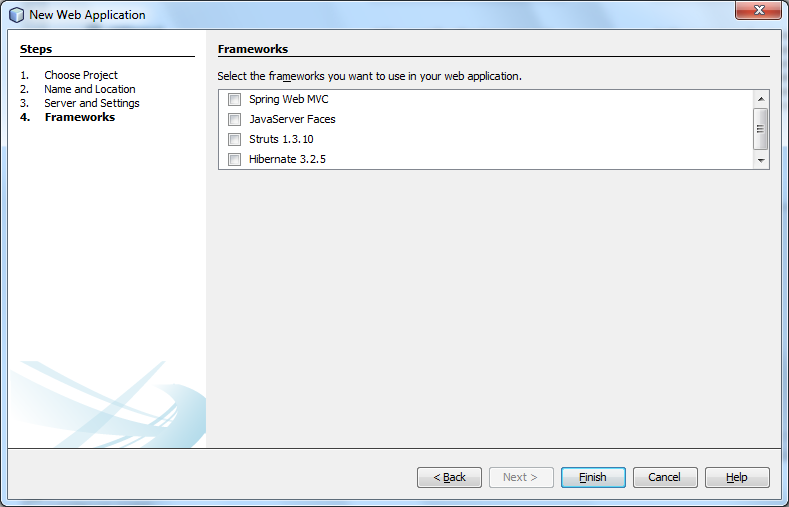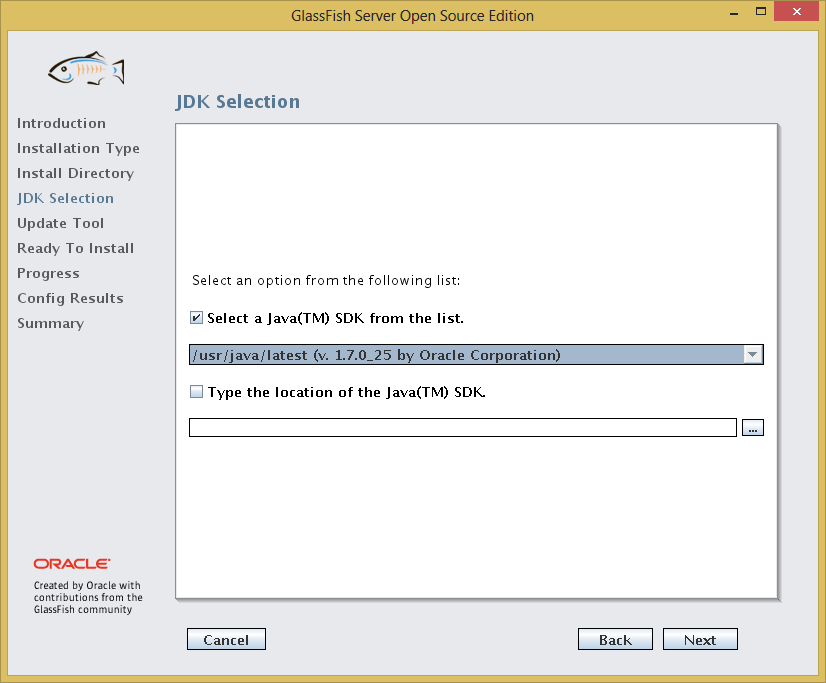


You can set the name and location of the logging properties fileīy setting the .file system property. To Change the Name and Location of the Logging Properties File Typing asadmin help list-log-levels and asadmin help set-log-attributes at the command line.
#Glassfish location full#
You can view the full syntax and options of these subcommands by These logging attributes are set for Cluster1.Ĭommand set-log-attributes executed successfully. Ĭommand list-log-attributes executed successfully.Īsadmin> set-log-attributes -target Cluster1 .= $/logs/cluster1.log asadmin> list-log-attributes Cluster1. Ĭom.GFFileHandler.fileĬom.GFFileHandler.flushFrequency Cluster1 has two server instances: ClusterServer1 and ClusterServer2. This example changes the name of the cluster log file for Cluster1

If you target a cluster, the name of theĬluster log file for each member instance can be changed (the server logĮxample 7-1 Changing the Name and Location of a Cluster's Log File If you do not specify a target, the log file for the DAS

Use the set-log-attributes(1) subcommand in remote mode to define a custom name.If you do not specify a target, the log attribute Optionally you can target a configuration, server, The name and location of the log file is set with the .Īttribute of the logging properties file. Use the list-log-attributes(1) subcommand in remote mode to obtain the current log attribute.Remote subcommands require a running server. Ensure that the target server or cluster is running.Instance name - to target only a specific instance.Ĭluster name - to target only a specific cluster. Server name - to target only a specific server. However, you can optionally specify one of the following targets:Ĭonfiguration name - to target all instances or clusters that share a specific configuration name. The default target for these two subcommands is the DAS. Then use the set-log-attributes subcommand to specify the new The list-log-attributes subcommand to obtain the current log attribute setting for the logįile name and location. To change the name and location of the log file, first use
#Glassfish location how to#
This section explains how to change the name and location of the This section contains the following topics: Administering the Java Naming and Directory Interface (JNDI) Service Administering the Java Message Service (JMS)ġ8. Administering the Object Request Broker (ORB)ġ7. Part II Resources and Services Administrationġ5. Writing and Running JavaScript Clients to Monitor GlassFish Serverġ1. To Change the Limit Number of Retained Filesĩ. To Change the Name and Location of the Log File Changing the Name and Location of Logging Service Files


 0 kommentar(er)
0 kommentar(er)
